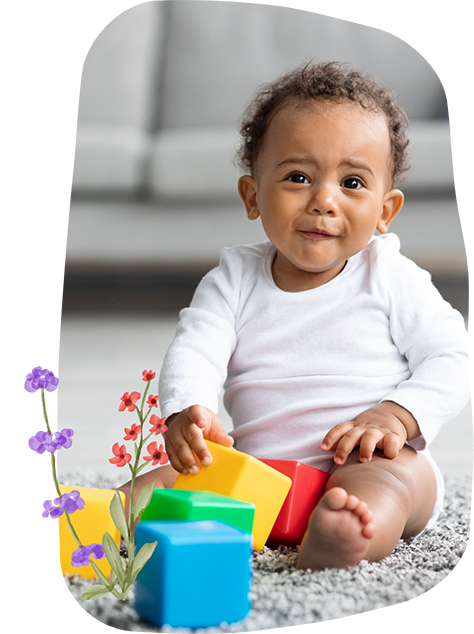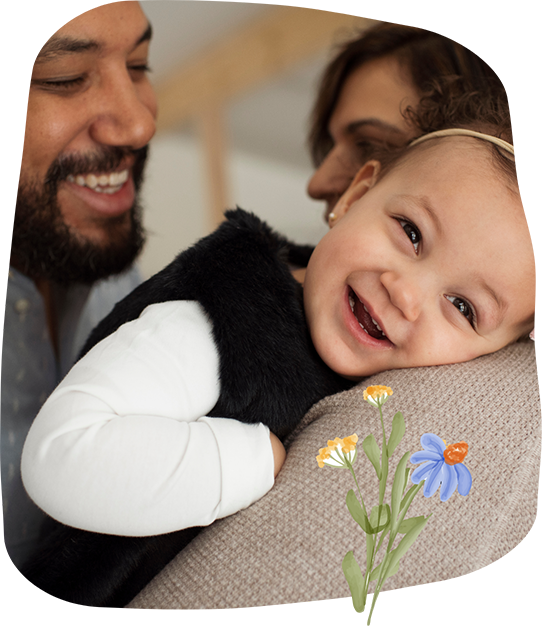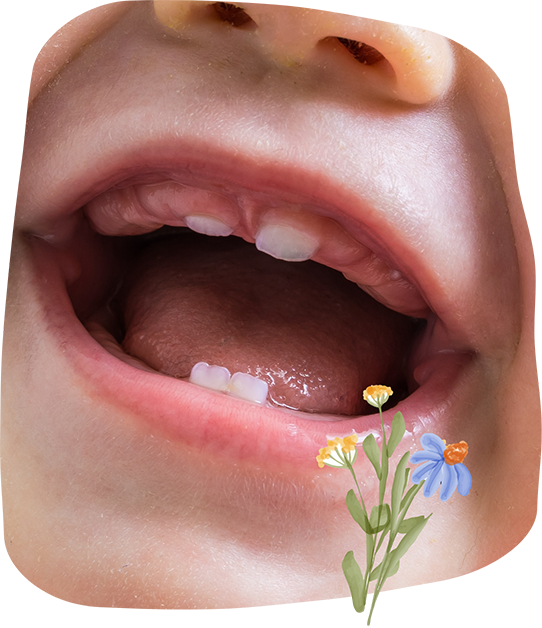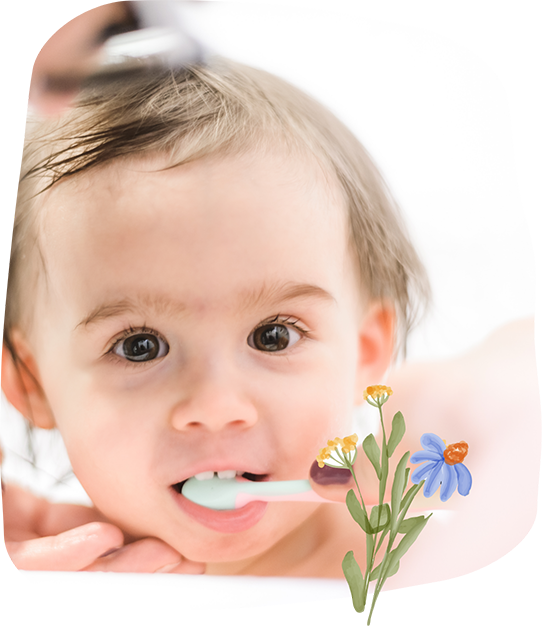DENTISTRY FOR TODDLERS BELLAIRE
Dentistry That Changes with Your Child’s Needs

As your child inches out of infancy and begins toddling around the house, getting into more things they’re not supposed to, their oral healthcare needs will also change! Our team at Wildflower Pediatric Dentistry has specialty training in treating and diagnosing common dental concerns in developing smiles, so you can rest easy knowing that we’ll be able to continue providing care for your little one into toddlerhood. To schedule a checkup and cleaning for your toddler, call our Bellaire pediatic dental office today!
Why Choose Wildflower Pediatric Dentistry for Toddler Dental Care?
- Minimally Invasive Approach to Pediatric Dentistry
- Prairie-Themed Dental Office with Multiple Play Areas
- Pediatric Dentist Who’s Also a Mother Herself
Toddler Teeth Development

Around one year old, your little one’s teeth will begin erupting through the gumline, and they’ll continue to do so over the next few years. Most of their baby (primary) teeth will be visible by the time they turn three years old. Between the ages of one and three, your child will transition to a diet with solid foods and will be teething as their teeth emerge, putting them at an increased risk of common dental problems, like decay. Our team can help mitigate their risk with routine checkups and cleanings!
What Is Teething?

One of the most difficult hurdles during these years is teething, which can begin as early as three months and last for years. As their teeth erupt and push on sensitive gums, this can cause your child discomfort, irritation, and swelling. Most often, this stage of development is marked by children wanting to chew on items, excessive drooling, and disruption to their sleep patterns. The good news is that you don’t have to go through this alone. Dr. Lydia can provide you with helpful and safe ways to soothe your child’s pain, and as a mom herself, she knows exactly what you’re up against and is extremely empathetic!
How to Clean Your Toddler’s Teeth and Gums

To clean your toddler’s mouth, you’ll want to invest in a small, kid-sized toothbrush and fluoride toothpaste. Dr. Lydia follows AAPD guidelines and advises parents to use a small, rice-grain-sized amount of fluoride toothpaste to brush your child’s teeth if they’re under three years old. Then, once they turn three, you can up that amount to a pea-sized dollop. Angle the toothbrush at 45 degrees and gently brush their teeth in a circular motion. Make sure to thoroughly clean the top surface of their molars (back teeth), as these can quickly collect food debris and plaque, as well as their tongue!
